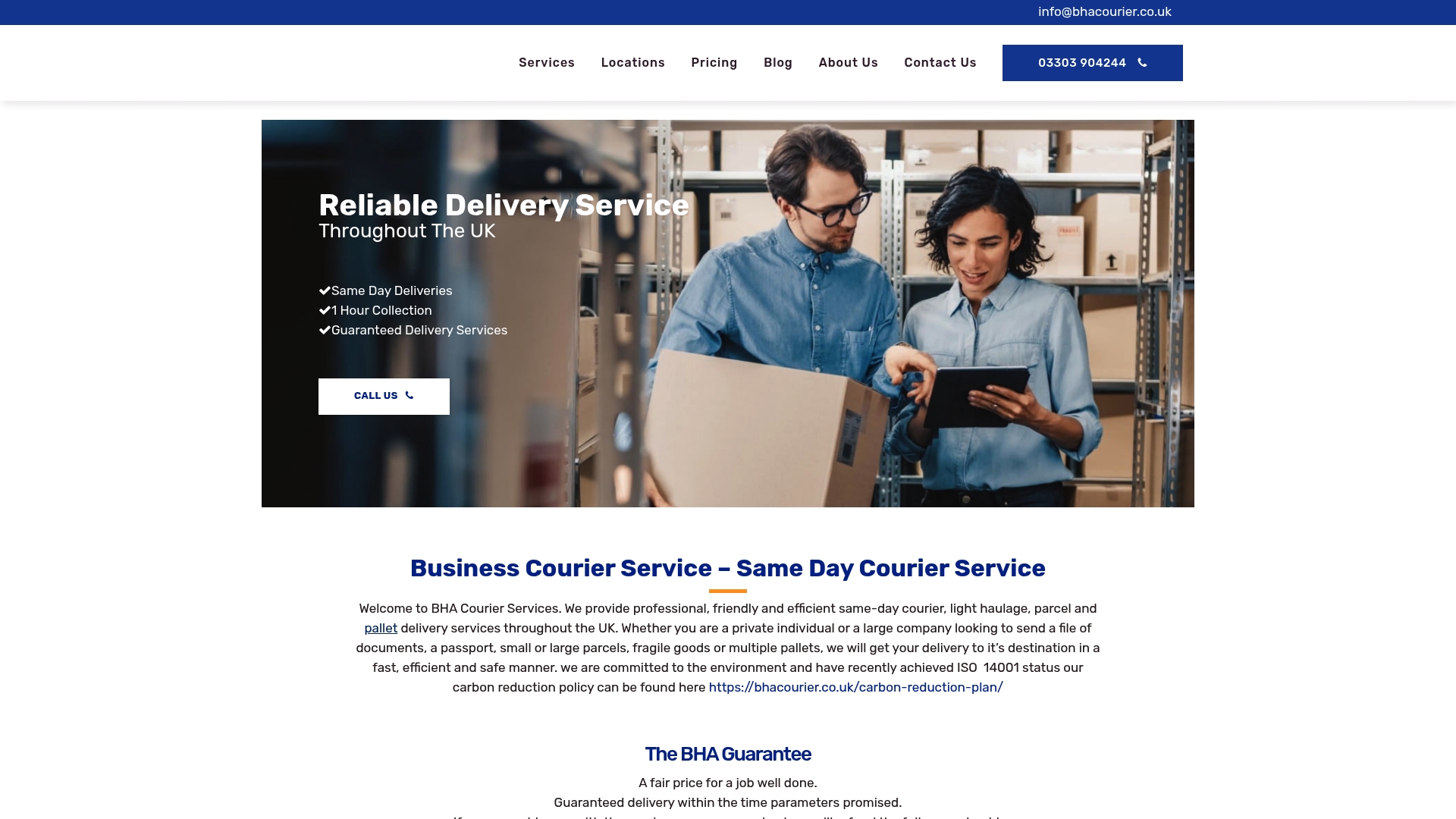
23 Aug Understanding the Importance of Customer Feedback
Everyone talks about customer feedback as just another survey or a handful of reviews but the truth runs much deeper. More than 90 percent of customers say their buying decisions are influenced by feedback they find online. Most people assume feedback is simple commentary and ends there but it is actually the backbone of how successful companies shape their products, fix problems early, and even decide where to invest next. What if listening carefully is the real secret behind extraordinary business growth?
Table of Contents
- What Is Customer Feedback And Its Types?
- Why Customer Feedback Matters For Businesses
- How Customer Feedback Influences Business Decisions
- Key Concepts In Collecting And Analyzing Customer Feedback
Quick Summary
| Takeaway | Explanation |
|---|---|
| Customer feedback is vital for improvement | It offers essential insights into customer satisfaction and areas needing enhancement. |
| Utilise multiple feedback channels | Collect data through surveys, reviews, and direct interactions to gain diverse perspectives. |
| Transform insights into action | Convert feedback into strategic decisions to enhance products and services effectively. |
| Foster a feedback-driven culture | Encourage ongoing learning from customer interactions to build stronger organisational adaptability. |
| Measure performance and innovation | Leverage feedback for continuous evaluation of services and to identify new opportunities for growth. |
What is Customer Feedback and Its Types?
Customer feedback represents the collective insights, opinions, and experiences shared by customers about a product, service, or overall brand interaction. It serves as a critical communication channel that enables businesses to understand their performance, identify areas of improvement, and align their offerings with customer expectations.
The following table compares structured and unstructured customer feedback, making it easy to understand their key differences and uses. Use this table to quickly grasp which feedback type best serves different business goals.
| Feedback Type | Collection Methods | Nature of Data | Examples |
|---|---|---|---|
| Structured Feedback | Standardised surveys, rating scales, NPS | Quantitative, numeric | Customer satisfaction score, NPS |
| Unstructured Feedback | Open-ended comments, reviews, conversations | Qualitative, descriptive | Detailed reviews, open responses |
Understanding Customer Feedback Fundamentals
At its core, customer feedback is a systematic process of gathering and analysing information directly from customers regarding their satisfaction, challenges, and perceptions. According to research from the National Institutes of Health, customer feedback can be categorised into two primary types:
- Structured Feedback: Quantitative data collected through numerical ratings, surveys, and standardised questionnaires
- Unstructured Feedback: Qualitative information captured through open-ended comments, reviews, and detailed personal narratives
Types of Customer Feedback Channels
Businesses can collect customer feedback through multiple channels, each offering unique insights into customer experiences:
- Direct Surveys: Targeted questionnaires designed to capture specific customer perspectives
- Online Reviews: Public platforms where customers share detailed experiences
- Social Media Comments: Real-time feedback and interactions on digital platforms
- Customer Support Interactions: Insights gathered during problem-resolution conversations
- Net Promoter Score (NPS) Assessments: Standardised methods of measuring customer loyalty and satisfaction
Key Characteristics of Effective Customer Feedback
Successful customer feedback mechanisms share several critical attributes. They are timely, specific, actionable, and representative of genuine customer experiences. By creating multiple touchpoints and encouraging open communication, businesses can transform raw feedback into strategic insights that drive continuous improvement and customer satisfaction.
Below is a table summarising the main types of customer feedback channels discussed in the article. This overview helps clarify their purpose and the kind of information each provides.
| Feedback Channel | Description | Nature of Insights |
|---|---|---|
| Direct Surveys | Targeted questionnaires for capturing specific perspectives | Structured/Quantitative |
| Online Reviews | Customer posts on public review platforms | Unstructured/Qualitative |
| Social Media Comments | Real-time remarks and interactions on social channels | Unstructured/Qualitative |
| Customer Support Interactions | Feedback gathered during problem resolution conversations | Mixed |
| Net Promoter Score (NPS) | Standardised survey measuring loyalty and satisfaction | Structured/Quantitative |
Why Customer Feedback Matters for Businesses
Customer feedback represents far more than simple commentary about products or services. It operates as a strategic asset that can fundamentally transform business performance, drive innovation, and create sustainable competitive advantages in increasingly complex market environments.
The Strategic Value of Customer Insights
According to research published in the National Institutes of Health, customer feedback serves as an essential mechanism for continuous organisational improvement and strategic adaptation. Businesses that systematically collect and analyse customer perspectives gain critical advantages:
- Performance Measurement: Direct insights into how customers perceive product quality and service delivery
- Innovation Catalyst: Understanding emerging customer needs and expectations
- Competitive Intelligence: Identifying strengths and weaknesses compared to market alternatives
Financial and Operational Impact
Customer feedback directly influences multiple critical business dimensions. By understanding customer sentiments, organisations can make data-driven decisions that reduce operational risks and enhance financial performance. Key benefits include:
- Reduced Customer Churn: Proactively addressing reported issues prevents customer loss
- Enhanced Product Development: Targeted improvements based on genuine user experiences
- Cost Efficiency: Preventing problems is more economical than resolving post-facto complaints
Building Long-Term Customer Relationships
Customer feedback transcends transactional interactions. When businesses demonstrate genuine commitment to listening and responding to customer perspectives, they cultivate trust, loyalty, and emotional connection. Responsive organisations that transparently communicate how customer insights shape their strategies create deeper engagement and long-term brand advocacy.
By transforming raw feedback into actionable strategies, businesses can create a dynamic, customer-centric ecosystem that continuously evolves to meet changing market demands.
How Customer Feedback Influences Business Decisions
Customer feedback is not merely a passive collection of opinions but an active strategic tool that directly shapes organisational decision-making processes across multiple business domains. By transforming raw customer insights into actionable intelligence, businesses can create more responsive, customer-centric strategies.
Strategic Decision-Making Framework
According to research from Rice University’s Business School, organisations can enhance financial performance by developing customer-based models that identify key driver attributes from feedback. This systematic approach enables businesses to:
- Prioritise Investment Areas: Allocate resources based on customer-identified improvement needs
- Risk Mitigation: Proactively address potential challenges before they escalate
- Strategic Alignment: Ensure business objectives match customer expectations
Product and Service Development
Customer feedback serves as a critical input in product innovation and service refinement. By understanding customer experiences, businesses can:
- Refine Existing Offerings: Make targeted improvements based on specific user experiences
- Identify Emerging Needs: Discover potential new product or service opportunities
- Validate Design Decisions: Use direct customer input to confirm or challenge internal assumptions
Operational and Cultural Transformation
Beyond tactical improvements, customer feedback drives deeper organisational changes. Feedback-driven cultures recognise that every customer interaction provides an opportunity for learning and growth. This approach transforms customer insights into a comprehensive strategy for continuous improvement, enabling businesses to:
- Create more adaptive and responsive organisational structures
- Develop more empathetic customer engagement models
- Build long-term competitive advantages through sustained learning
By integrating customer feedback into core decision-making processes, businesses can create a dynamic, responsive ecosystem that consistently meets and exceeds customer expectations.
Key Concepts in Collecting and Analyzing Customer Feedback
Customer feedback collection and analysis represent sophisticated methodologies that transform raw customer insights into strategic organisational intelligence. This process involves systematic approaches designed to capture, interpret, and leverage customer perspectives effectively.
Feedback Collection Methodologies
According to research published by the National Institutes of Health, effective feedback collection requires a multifaceted approach that combines multiple data gathering techniques. Successful strategies encompass:
- Quantitative Methods: Structured surveys with numerical rating scales
- Qualitative Methods: Open-ended interviews and detailed narrative responses
- Digital Feedback Channels: Online reviews, social media interactions, and digital survey platforms
Analytical Frameworks for Feedback Interpretation
Interpreting customer feedback goes beyond simple data collection. Organisations must develop robust analytical frameworks that transform raw data into meaningful insights. Key analytical approaches include:
- Sentiment Analysis: Understanding emotional undertones in customer responses
- Trend Identification: Recognising recurring themes and patterns across feedback
- Statistical Correlation: Connecting feedback data with organisational performance metrics
Implementing Feedback-Driven Improvement Cycles
The ultimate goal of customer feedback is not just collection but continuous improvement. Effective feedback systems create dynamic loops where customer insights directly influence organisational strategies. This involves:
- Establishing clear feedback communication channels
- Creating transparent reporting mechanisms
- Developing responsive adaptation strategies
By integrating sophisticated collection methods, advanced analytical techniques, and responsive improvement frameworks, businesses can transform customer feedback into a powerful strategic asset that drives innovation and organisational growth.

Turn Customer Feedback Into Reliable Deliveries With BHA Courier
Your business learns from every review and conversation, but do your deliveries reflect what your customers want? The article highlighted how collecting and acting on customer feedback is essential for building loyalty, fixing pain points and improving service speed. At BHA Courier, we understand that timely and secure delivery is often at the heart of customer satisfaction. When your customers expect fast and reliable shipping, you need a partner who listens just as closely as you do.

Choose BHA Courier for your next urgent parcel or sensitive document. We provide guaranteed same-day and next-day courier services across the UK, all grounded in responsive service and real customer insights. See how our commitment to feedback-driven improvement can support your business reputation.

Book your delivery now through our easy online portal and let your customer feedback inspire positive change today.
Frequently Asked Questions
What is customer feedback?
Customer feedback is the collective insights, opinions, and experiences shared by customers regarding a product, service, or brand interaction. It provides businesses with essential information to measure performance and improve offerings.
What are the types of customer feedback?
Customer feedback can be categorised into two main types: structured feedback, which includes quantitative data from surveys and ratings, and unstructured feedback, which encompasses qualitative information from open-ended comments and reviews.
How does customer feedback impact business decisions?
Customer feedback directly influences business decisions by providing insights that help prioritise investment areas, identify emerging needs, ensure strategic alignment, and improve product and service development.
Why is customer feedback important for building long-term relationships?
Customer feedback fosters trust and loyalty by showing customers that businesses genuinely value their perspectives. When organisations actively respond to feedback, they create deeper engagement and long-term brand advocacy.

Sorry, the comment form is closed at this time.